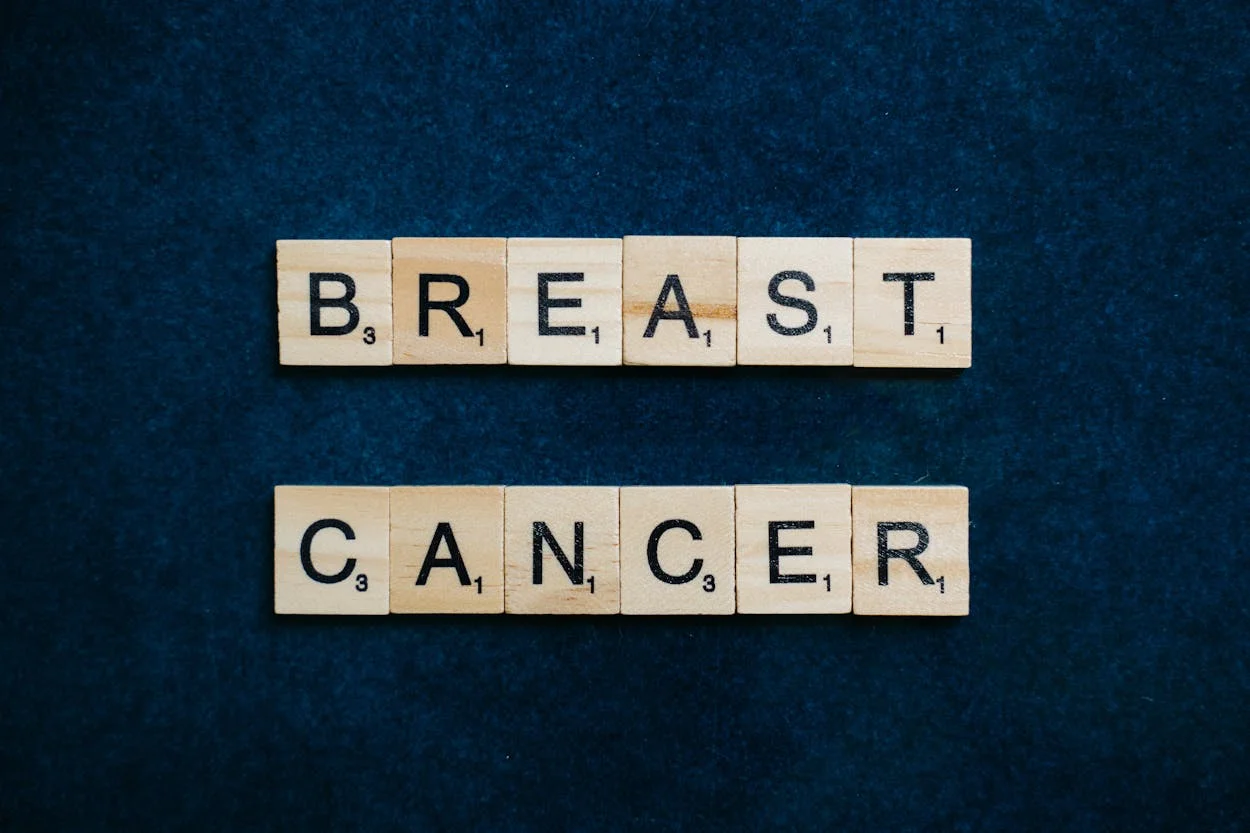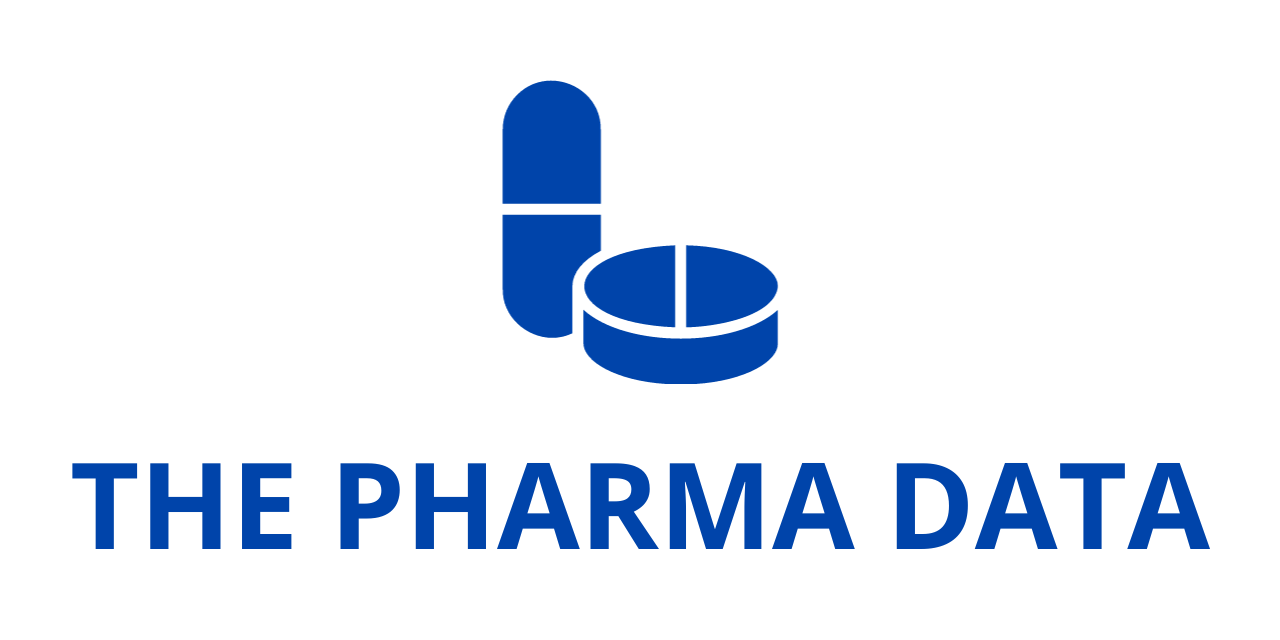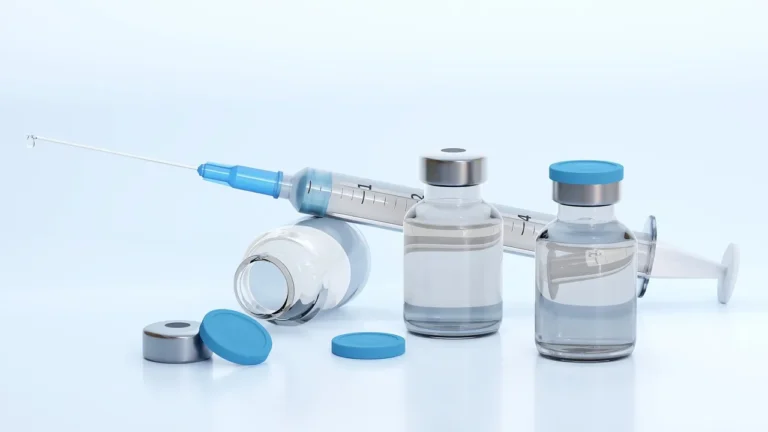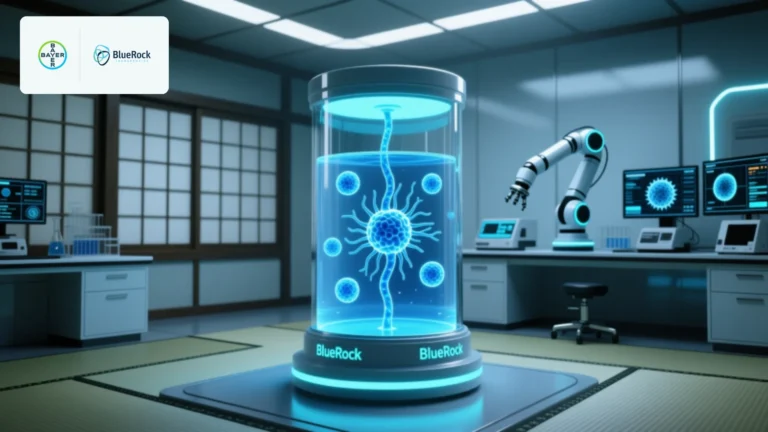
Cellworks Group Inc., a leader in Personalized Therapy Decision Support and Precision Drug Development, has announced new findings from a study using its Cellworks Platform to predict homologous recombination deficiency (HRD) and the effectiveness of PARP inhibitors (PARPi) across real-world patient cohorts with ovarian, pancreatic, prostate, and triple-negative breast cancers (TNBC). This research underscores the potential of the Cellworks mechanistic biosimulation model to offer more nuanced predictions of patient responses to PARPi therapies, extending beyond BRCA mutation status. The findings were presented in a poster titled “Use of Biosimulation to Predict Homologous Recombination Deficiency and PARPi Benefit in Patients with Ovarian, Pancreatic, Prostate, and Triple Negative Breast Cancers” at the ESMO Congress 2024 in Barcelona, Spain, from September 13-17, 2024.
Professor Daniel Palmer, from the University of Liverpool and Principal Investigator of the study, noted, “PARP inhibitors are now standard treatment for cancers with homologous recombination deficiency. However, current HRD tests often overlook potential candidates by focusing mainly on BRCA status. Our study, utilizing Cellworks’ personalized therapy biosimulation, developed an HRD classifier that predicts PARPi benefit even in patients with wild-type BRCA. This advancement is crucial for identifying additional patients who could benefit from PARPi therapy.”
Dr. Michael Castro, Chief Medical Officer at Cellworks, explained, “Biosimulation involves analyzing genomic, transcriptomic, and protein regulation levels, capturing the molecular interactions within key homologous recombination pathways. In our study, we used the Cellworks mechanistic biology model along with genomic profiles from patients’ tumors to identify dysregulations in HR signaling pathways and predict PARPi responses. This approach helps us recognize patients with HRD but without BRCA1 or BRCA2 mutations, leading to more personalized treatment strategies.”
Study Design
The study applied Cellworks’ computational biosimulation to four real-world retrospective cohorts from The Cancer Genome Atlas (TCGA), focusing on ovarian, pancreatic, prostate, and triple-negative breast cancer patients. The biosimulation model was used to develop a classifier distinguishing HRD by comparing BRCA wild-type ovarian cancer patients (n=32) to BRCA-mutated patients (n=187). This classifier was then validated prospectively in independent cohorts of ovarian (n=336), pancreatic (n=428), and prostate (n=189) cancer patients. Efficacy scores were assessed based on biosimulated cell growth responses to the PARP inhibitor Olaparib in relation to the predicted HRD status in BRCA wild-type patients.
Study Results
The HRD classifier developed through Cellworks biosimulation showed significant correlation with BRCA status across all validation sets, demonstrating strong predictive ability in ovarian (AUC = 0.863, p < 0.001), pancreatic (AUC = 0.759, p = 0.002), prostate (AUC = 0.717, p < 0.001), and TNBC (AUC = 0.88, p < 0.001) cancers. Additionally, in all four cancer types, predicted PARPi efficacy was notably higher in BRCA wild-type patients identified as HRD (ovarian p = 0.026, prostate p < 0.001, pancreatic p < 0.001, TNBC p < 0.001).
The Cellworks Platform
The Cellworks Platform uses computational biosimulation to model protein-protein interactions and tumor behavior based on comprehensive genomic data. This platform evaluates how personalized treatment strategies interact with each patient’s unique tumor network. By integrating multi-omic data, the Cellworks Computational Biology Model (CBM)—a detailed mechanistic network comprising over 6,000 human genes, 30,000 molecular species, and 600,000 molecular interactions—produces predictions about therapy responses. The CBM has been extensively tested and applied to various clinical datasets, with results presented in over 125 publications and presentations in collaboration with global partners.




